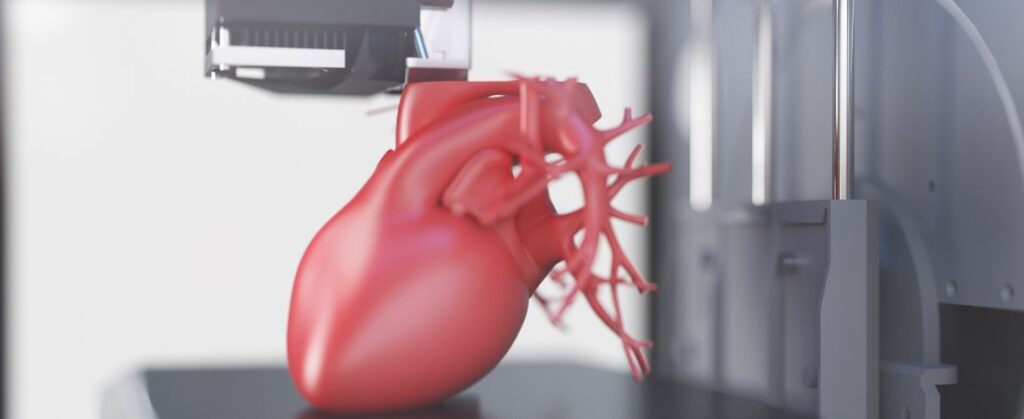
The medical device sector has a wide range of application cases thanks to 3D printing’s mix of speed, affordability, customizability, and design flexibility. Read on for our quick guide to printing in medicine and healthcare.
Rapid Prototyping Use in Medical Instruments
In the healthcare industry, developing innovative goods goes hand in hand with enhancing patient care and outcomes. Prototyping is an important part of this iterative process, which involves making changes, implementing them, and testing them in a controlled environment.
Rapid prototyping refers to a collection of approaches for rapidly fabricating a full-scale model of a physical part or assembly from three-dimensional computer-aided design (CAD) data. Prototyping is a good fit for 3D printing because it offers nearly limitless form freedom. It doesn’t require tooling and can generate parts with mechanical qualities that are nearly identical to those produced by traditional manufacturing processes.
3D Printing Provides a Method for Rapid Custom Tooling
3D printing may be used to create unique fast tooling, such as 3D printed molds, patterns, castings, and dies. It can do this for a variety of conventional manufacturing techniques, including injection molding, thermoforming, silicone molding, overmolding, insert molding, compression molding, casting, and more.
Dental retainers and other types of mouthguards, which are developed and made based on individual patient physiology obtained from mold or scanning technologies, are types of vacuum form molding. For each stage of the procedure, a plastic laminate is suction-formed over a customized template to create these specialized items. The preferred method for making these widely used orthodontic gadgets is now 3D printing, which can create these prototypes straight from digital data in a matter of hours.
3D Printing Allows for Cheaper Patient-Specific Medical Devices
3D printing is also increasingly being used to create patient-specific medical implants for final use. Because 3D printing technologies do not require special tooling, they allow for the rapid and cost-effective creation of unique parts and complex designs.
Dentistry is again one of the disciplines leading the way in medical 3D printing use. Surgical guidance, splints, interim and permanent implants, and dentures, for example, can all be 3D printed directly. Tailor-made ear devices, such as hearing aids and noise protection equipment, strong and durable custom prosthetics, and orthotics are among the other end-use medical 3D printing applications.
We hope you have enjoyed our quick guide to printing in medicine and healthcare! If you are looking to utilize SLA printing for a future medical or craft product and need to find a way to print your part, be sure to reach out to Tangible Creative today!
